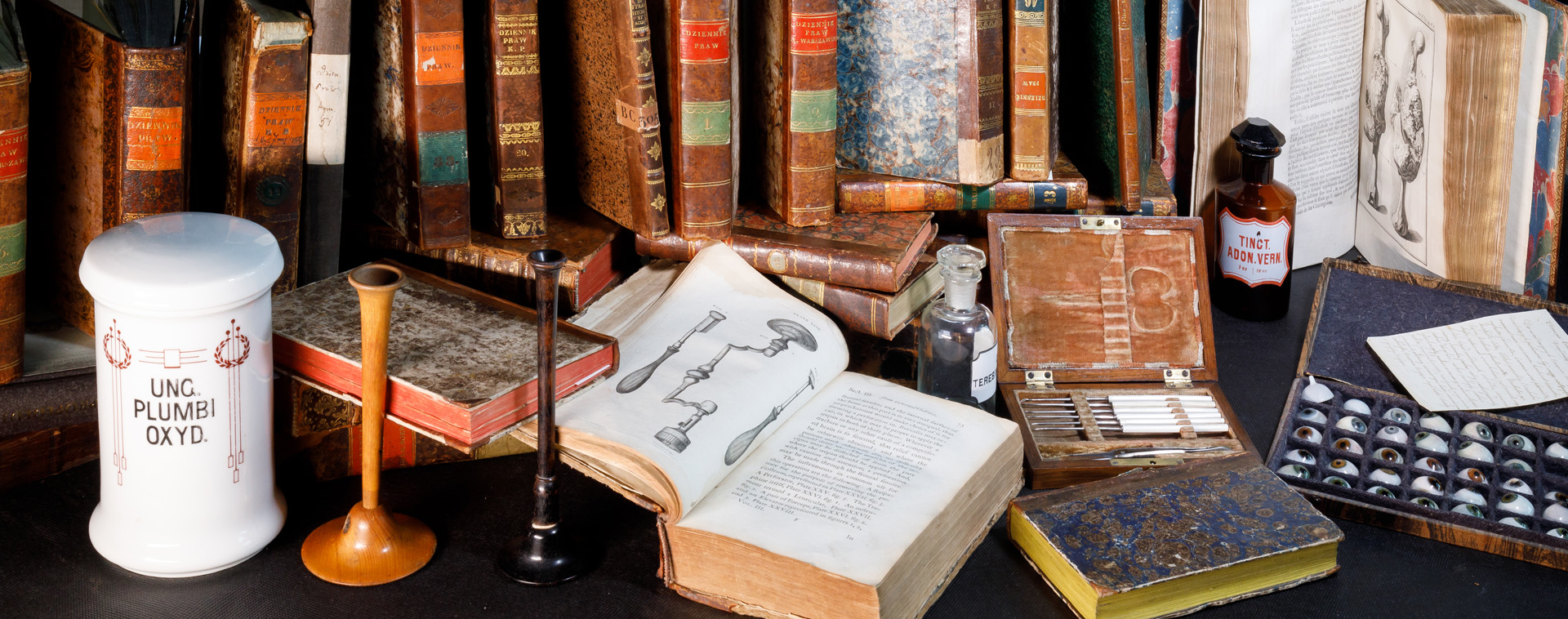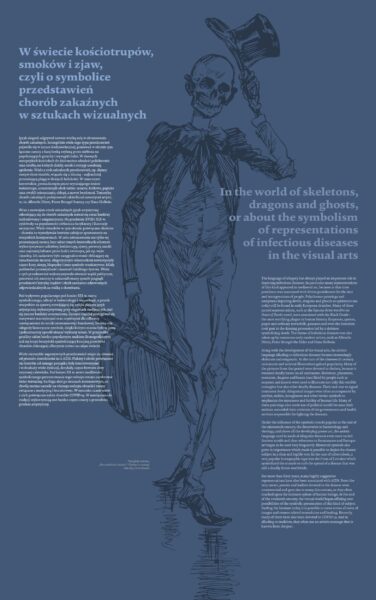Soon, on 2nd May, we will celebrate the centenary of the first honorary doctorate awarded by the Warsaw Medical Faculty. One hundred years ago, on 2nd May 1921, Marshal Józef Piłsudski was awarded in Warsaw this most prestigious form of recognition in the academic world. In reference to this extremely important anniversary in the history of Polish higher education, we invite you to see our latest video production, entitled “Józef Piłsudski, the first doctor honoris causa of the Faculty of Medicine. The one who healed the hearts of Poles, who were oppressed by slavery”
From the video you will learn, among other things, what is the significance of this famous academic degree, where the May promotion took place one hundred years ago, and who were the following honorary doctors in the walls of the University of Warsaw, the Medical Academy and the Medical University of Warsaw. Perhaps the future doctor honoris causa of our university will be among the audience of our video?

 We would like to present our new online exhibition entitled “In the world of skeletons, dragons and ghosts, or about the symbolism of representations of infectious diseases in visual arts.” Due to the current epidemiological situation, it is currently only available in the virtual world, but after returning to normality (we hope as soon as possible), we invite you to see it at the Medical University of Warsaw – in the Library and Information Center.
We would like to present our new online exhibition entitled “In the world of skeletons, dragons and ghosts, or about the symbolism of representations of infectious diseases in visual arts.” Due to the current epidemiological situation, it is currently only available in the virtual world, but after returning to normality (we hope as soon as possible), we invite you to see it at the Medical University of Warsaw – in the Library and Information Center.